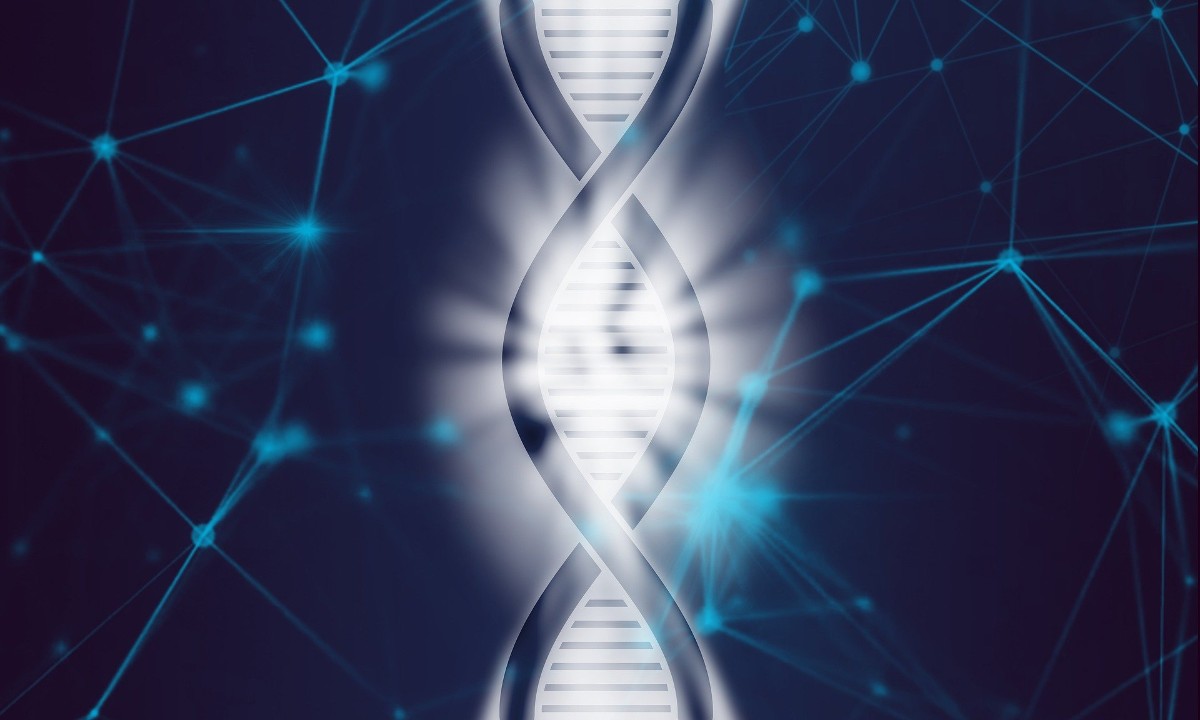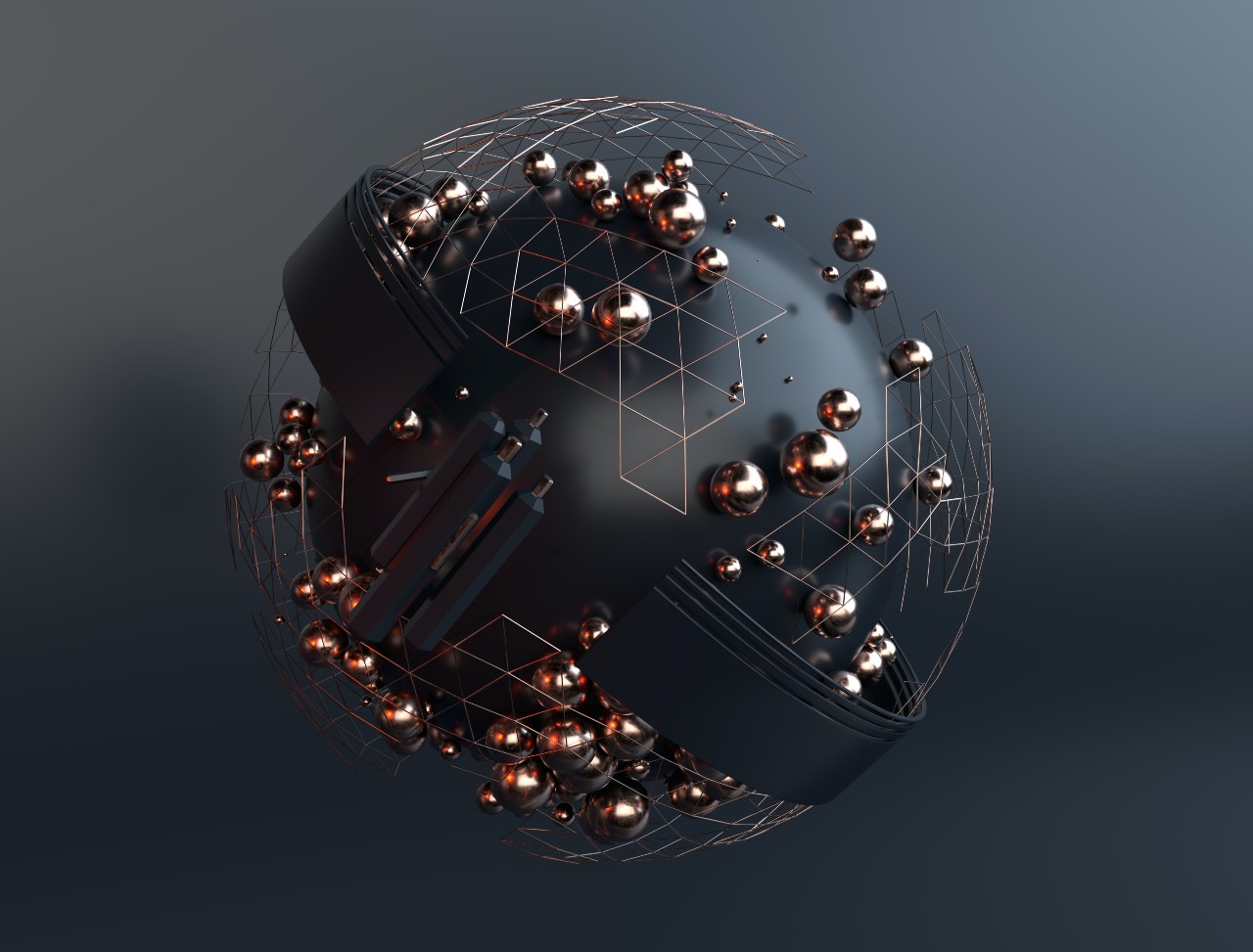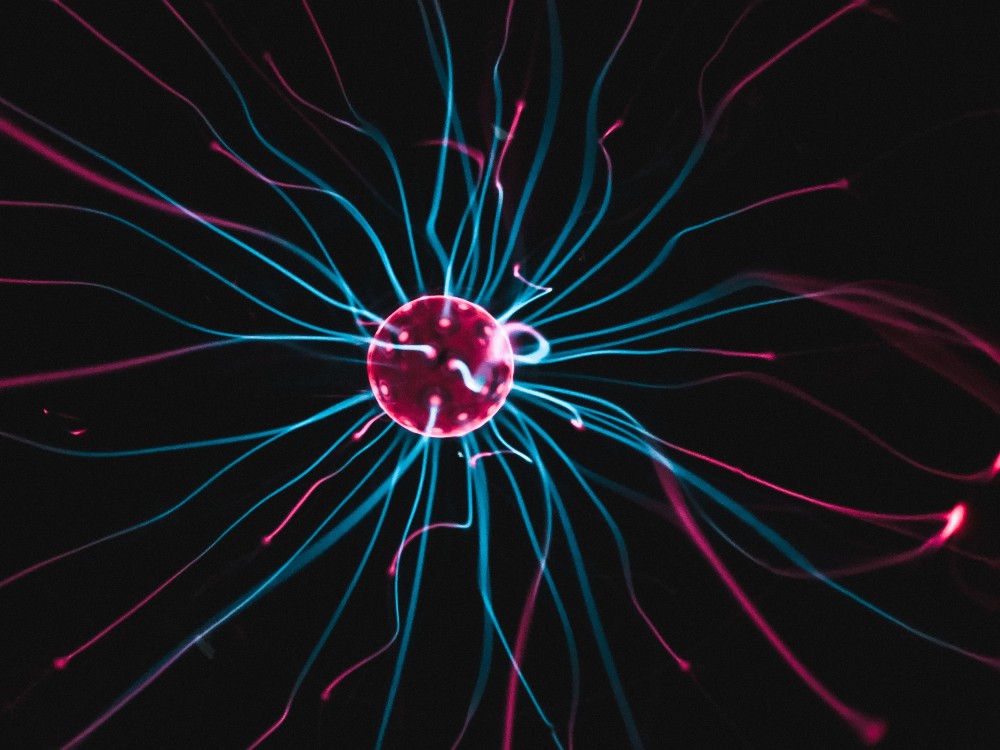In 2009, Jennifer Doudna, a faculty member of UC Berkeley, in her early 40s, had a mid-life crisis. Having worked in the lab for 15 years, she searched for something new and more challenging. She joined a prestigious company to lead its discovery team. Two months in, Doudna realised she was stuck and wanted out. She returned to UC Berkeley and after a short stint in the corporate world, reset her life. What Doudna worked on next, became one of the most significant discoveries in biology. Together with cryonics, it opens up a brave new world of possibilities.
Before we dig in deeper, we wanted to explain some background on genetics and cell biology for those that might not be familiar. DNA is the genetic material of the cells in our body. All cells perform a particular function. The DNA holds all the information needed for the cell to carry out its function. Each function is defined by a set of DNA sequences called genes. First, the cell carries out ‘transcription‘ i.e., copying information in the gene into the RNA. The RNA can move about in the cell conveying this information to other cell parts. They in turn, use this information to make the proteins necessary for cell function.
All this works well due to continuous feedback loops in the cell machinery. When the cell needs more RNA, it produces transcription activators. When there is too much RNA in the cell, it produces transcription repressors.
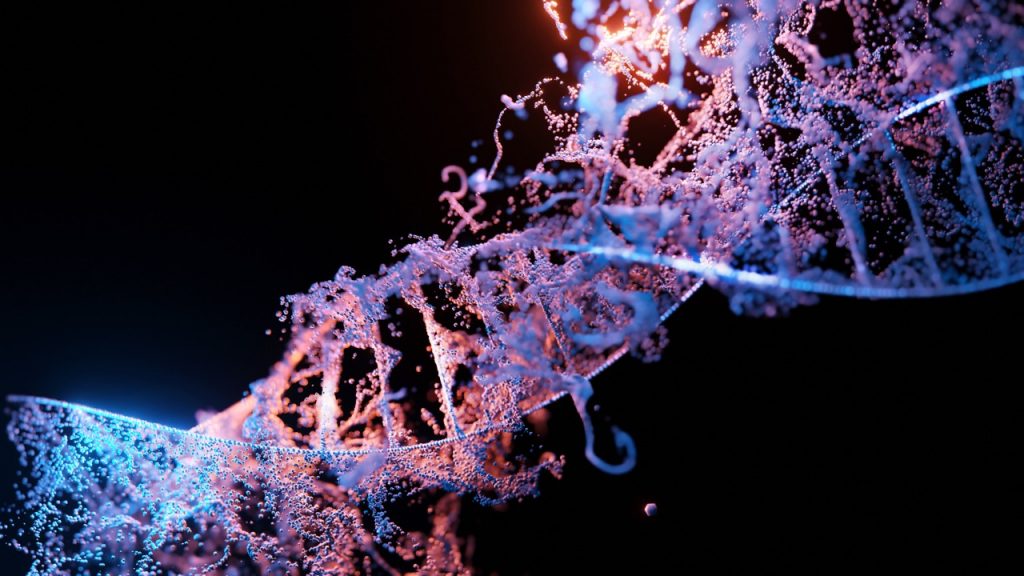
Genome editing is the science where one can edit genes. Simply put, genome editing can help one change hair or eye colour or become taller or stronger. The changes made by genome editing can be passed onto the next generation too. But scientists are currently using it to treat grave and terminal illnesses.
Before Doudna’s work, genome editing involved many steps. A major component was the nuclease enzyme. One could call it scissors for the DNA. Nucleases need a specific sequence of six bases that they identify and make a cut. However, our DNA is made up of four types of bases, A, T, G and C. There isn’t much variety in sequences of the DNA. Nucleases, thus cut at many locations, making genome editing difficult.
Doudna worked with Emmanuelle Charpentier to simplify the method for editing the genome. They saw that bacteria store sequences of viral DNA that invade their cells. These sequences form a pattern of repeats. They are called CRISPR (clustered regularly interspaced short palindromic repeats). Bacteria use a nuclease enzyme called CRISPR- associated protein 9 or Cas9. The CRISPR sequences are transcribed into many RNA bits by the bacterial cell. These RNA bits guide the Cas9 protein to the invading viral DNA and it cuts into pieces. This stops the viral attack.
Doudna and Charpentier managed to fuse these many RNA bits into a single guide RNA or ‘sg-RNA’. The sg-RNA can lead the Cas9 to a specific location on the genome and make a small and specific cut. Within this cut, one could put in a new DNA sequence and change the information it encodes. This simple trick opened up possibilities of genome editing like never before. Laboratories around the world have found genome editing success in fruit flies, yeast, ants, worms, plants, mice and even human embryos with this method.
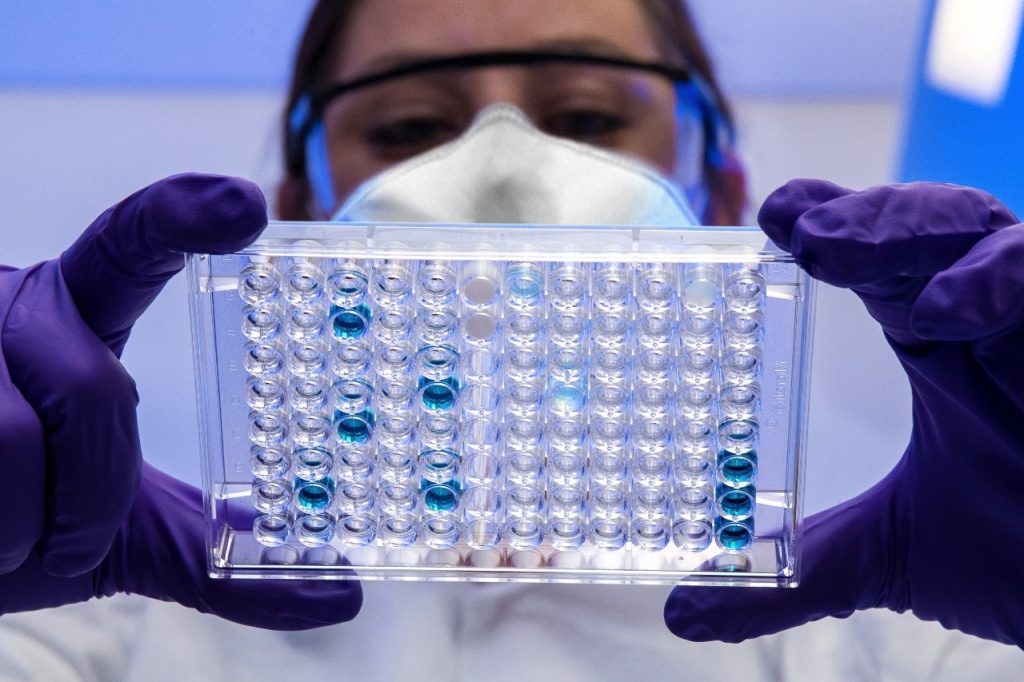
Scientists are using the technique to prevent genetic diseases. These diseases are caused by small changes in the DNA sequence called mutations. Sickle cell anaemia, achondroplasia or dwarfism, spinal muscular atrophy are a few examples of genetic diseases. Currently, there are no cures for these diseases. CRISPR-led genome editing will enable us to correct these mutations and live without diseases in the future. It is no surprise then that terminally ill patients wish to be cryonically preserved.
Having that said, mutations alone do not cause disease. Modern-day lifestyle diseases do not have a single known causative mutation. They are caused by certain genes going into hyperdrive or lowering their protein outputs. These are usually transcription related issues. The feedback loops break and the cell does not know if it is making too much or too little RNA. Luckily, CRISPR is being used to address these issues as well.
Sohow does one get a cellular scissor to do some fine-tuning work inside the cell? Scientists have modified the Cas9 nuclease to get this job done. dCas9 binds to the location the sgRNA leads it to, without cutting it. The binding allows scientists to control cellular function better.
If a gene has gone into a hyperdrive, a gene-specific sgRNA guides the dCas9 to it and prevents it from further transcription. This is called CRISPR interference or CRISPRi. If the gene is not being transcribed efficiently, a different type of dCas9 protein is used. This protein can recruit transcription activators to the site and increase transcriptional activity. This is called CRISPR activation or CRISPRa. Scientists are currently working on improving these techniques.
Doudna’s and Charpentier’s work was recently recognized with the Nobel Prize in Chemistry. Doudna has started several companies to develop CRISPR based therapeutics for the near future. Companies and research institutes are now using CRISPR to solve many other problems.
Doudna’s short career freeze opened the gates to a world where genetic disease can have cures. Like with any scientific discovery, developing reliable applications takes time. Optimistically speaking, this might be a future a few decades from now. Unless another brilliant discovery allows us to live longer, cryonic preservation might be the only solution that bridges the gap between now and that future.
